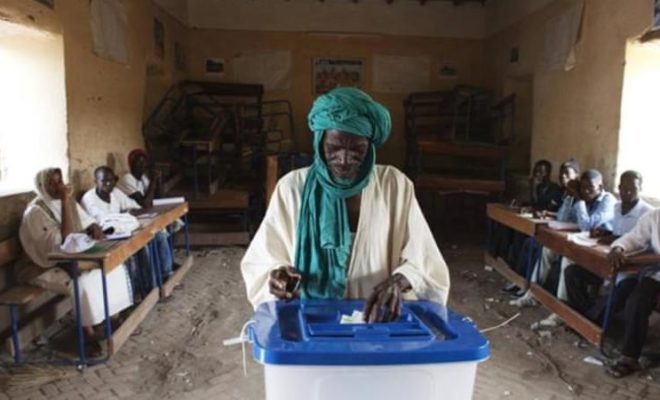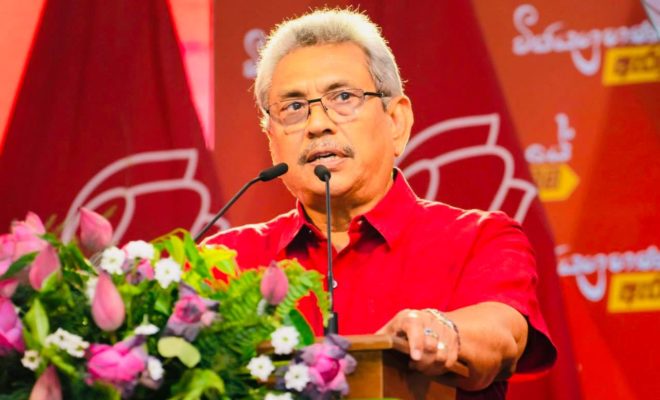On Sunday, the people of Mali went to the polls to elect the 147 members of the Unicameral National Assembly in a second round of voting.
Staggering Numbers and a Tense Political Climate
In the first round of voting which held in March, voter turnout was abysmally low with only approximately 36 per cent showing up to vote. Africa News reported that a total of 797 out of 22,147 polling stations could not open, accounting for 2,800,508 voters or 3% of the electorate. Votes cast was 2,627,320, implying a 35.73% turnout. As expected, the numbers were lower in the second round. But this ratio may not be unusual, while fears of violence and coronavirus prevented Malian citizens from coming out to vote, the average voter turnout of voters in Mali elections is 36.76.
Voter apathy may not have been caused by the coronavirus pandemic only but by the existing volatile political situation in Mali. A week prior to the polls, leading opposition figure, who lost the presidential relections 9in 2018, Soumaila Cisse was kidnapped. The country has also been struggling to contain an Islamist insurgency that started north of the country in 2012. Postponing the vote would have been far-reaching seeing the elections had already been postponed several times.
How Parliamentary Elections Work in Mali
The members of the National Assembly (Assemblée Nationale) in Mali are elected to single-member districts through a two-round voting system, requiring them to have the absolute majority vote in single-member constituencies they will be serving for 5-year terms. The second round of voting is held in constituencies in which no candidate received a majority of votes. The President is elected by absolute majority vote through a two-round system and the Prime Minister is appointed by the President
Polls have closed and voters await the announcement of the winners in the coming days.


